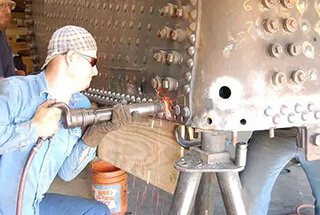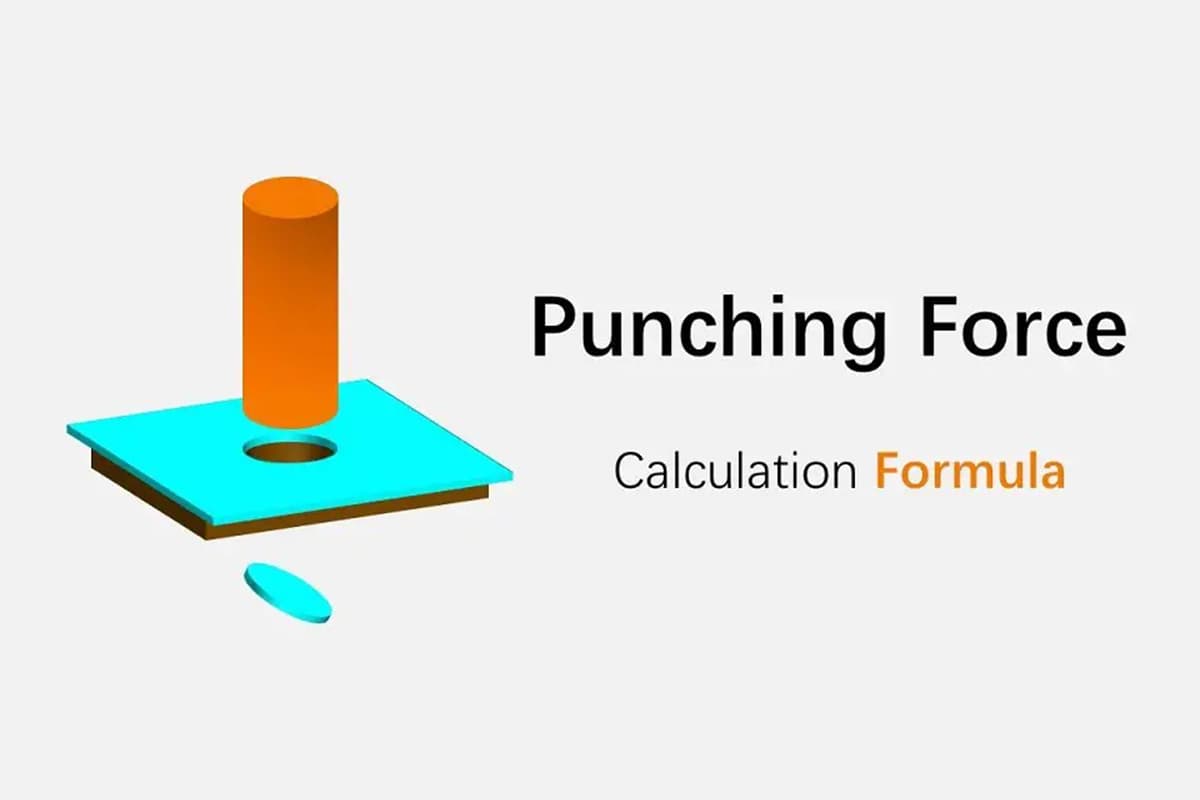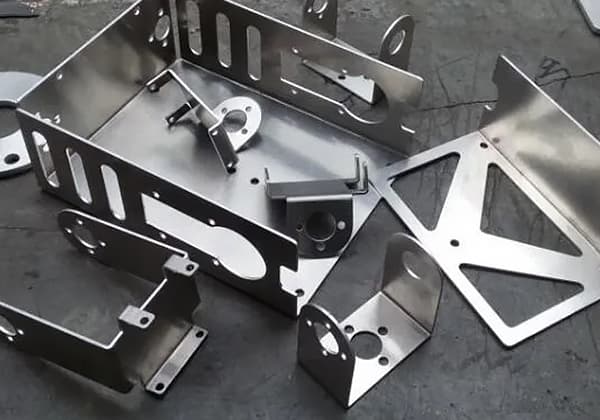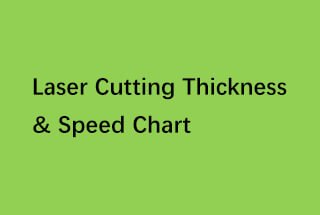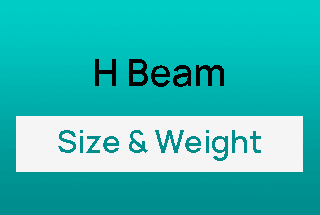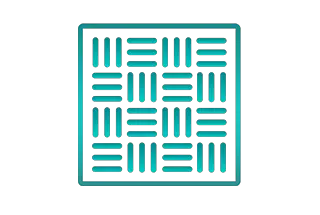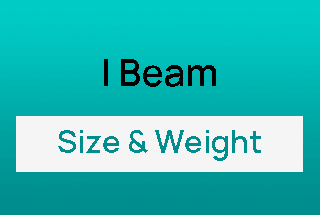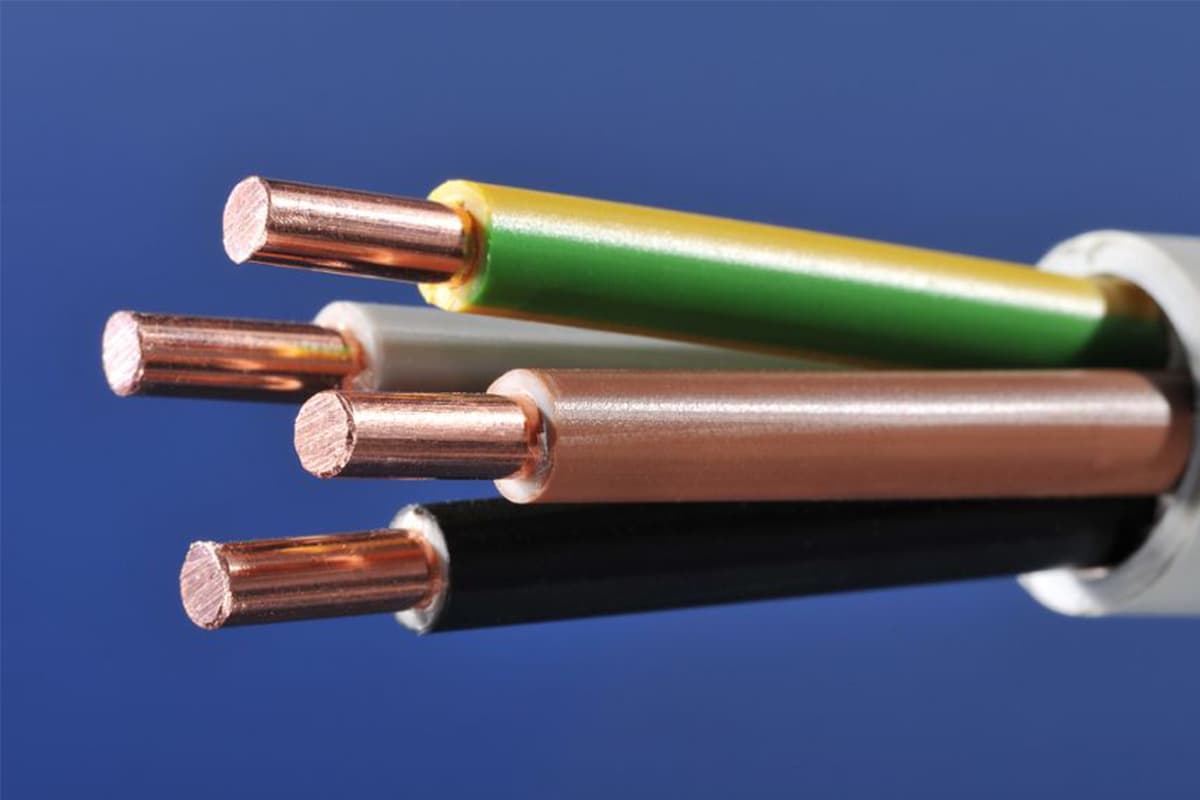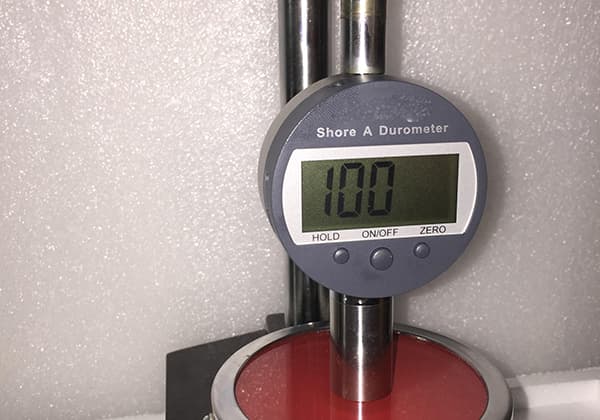
With the continuous development of science and technology, there has been a shift in the laser electromechanical industry from early inkjet printers to today’s laser marking machines, each with its own merits. However, if we were to predict the winner in a contest between laser marking machines and inkjet printers, the trend is clear: laser […]
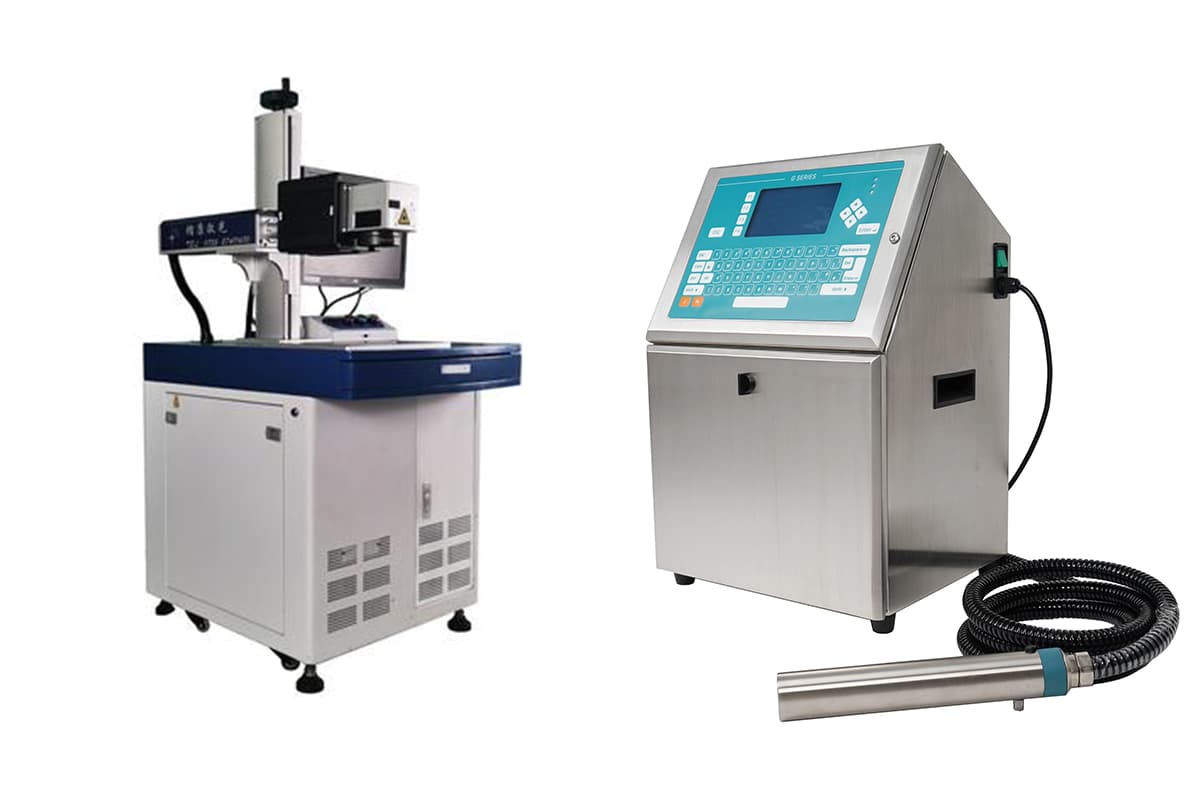
With the continuous development of science and technology, there has been a shift in the laser electromechanical industry from early inkjet printers to today’s laser marking machines, each with its own merits.
However, if we were to predict the winner in a contest between laser marking machines and inkjet printers, the trend is clear: laser marking machines are replacing inkjet printers.

Laser marking machines etch a permanent mark that cannot be erased. This is accomplished by directly vaporizing the surface of the object with a laser, creating an instantly visible mark that requires no auxiliary tools for recognition, making it easy for consumers to identify. Furthermore, laser marking machines require no consumable materials, simplifying maintenance.
Breaking away from the norms and monotony of traditional inkjet technology, laser marking machines introduce a completely new coding method. This highlights product uniqueness and brand distinction, enhancing competitiveness in an increasingly fierce market.
Additionally, it provides a powerful tool for shortening product upgrade cycles and facilitating flexible production.
The function of laser marking machines to code randomly or for anti-counterfeiting purposes allows each wine bottle or tiny bottle cap to have a unique code, enabling direct, swift, and convenient identification.
Moreover, they can spray information such as prices and promotions on wine packaging, effectively controlling the selling price and preventing market fluctuations.
An inkjet printer is a non-contact inkjet marking system controlled by a microcontroller.
It applies pressure to the ink inside the system by controlling the internal gear pump or supplying compressed gas from outside the machine, causing the ink to be ejected from a nozzle with a hole diameter of several tens of micrometers.
The continuous ink line emitted is divided into droplets of equal size and frequency at equal intervals by the crystal oscillating signal added above the nozzle.
The droplets are then individually charged as they pass through the charging electrode, with the amount of charge controlled by the central processing unit (CPU).
After passing the detection electrode to verify the accuracy of the charge and phase of each droplet, the charged droplets deflect in the deflection field formed by the deflection electrode, shooting out from the nozzle and striking different positions on the product surface to form various texts and patterns.
Uncharged droplets are directed into the recycling trough, reentering the machine’s internal ink circulation system. Inkjet printers can only use dot matrix methods and are limited by the number of printing lines (up to four lines of dot matrix).
It is difficult for them to print complex patterns and multi-digit letters or numbers on a small product surface, and even if they can print, the results are often hard to discern.
High-quality laser marking machines can quickly and clearly print various unalterable graphics, text, and numbers on packaging materials of various textures (such as: wine bottles, bottle caps, etc.).
They can print special marks (graphics, text, codes) on the product or packaging, or use the special features of laser marking to effectively prevent the circulation and cross-regional sales of counterfeit products.
They can print numbers, barcodes, destinations, etc., on product packaging and carton packaging. When connected to a database system, they can also track the flow and cross-regional sales of distributors, which is beneficial to protect the legal interests of manufacturers.
Comparing the two, it’s clear that laser marking machines replacing inkjet printers is the trend.

As the founder of MachineMFG, I have dedicated over a decade of my career to the metalworking industry. My extensive experience has allowed me to become an expert in the fields of sheet metal fabrication, machining, mechanical engineering, and machine tools for metals. I am constantly thinking, reading, and writing about these subjects, constantly striving to stay at the forefront of my field. Let my knowledge and expertise be an asset to your business.

